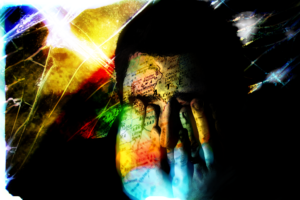Most clients understand the concept of a flashback once therapists explain the phenomenon of reliving a painful past experience so vividly that it feels as if it’s happening again in the present time. They can also comprehend the concept of triggers; the sensory, emotional, interpersonal, and environmental stimuli that is reminiscent of past trauma and rekindles the same feelings of fear, freeze, or terror when re-experienced in the present. But most clients assume that flashbacks only manifest visually, especially when they “see” the trauma unfold in front of their eyes again during an abreactive state.
I think it is extremely helpful to broaden the concept of flashbacks and explain that they can manifest emotionally, cognitively, and somatically, as well as visually. When clients are triggered the flashbacks they experience take on an emotional dimension leaving them feeling trapped, age regressed, helpless, or terrified. They can also feel the memory on their bodies through symptoms of nausea, dizziness, body pain, heaviness, or numbing. And there are certainly “frozen in time” distorted thoughts that get rekindled when clients are in flashback including the belief that they are alone, responsible for the trauma, or forever unable to escape or trust others. Helping clients to name their experience as a flashback and then to specify whether it is visual, somatic, cognitive, or emotional can actually help to re-ground them in present reality and short- circuit the painful and scary symptoms that accompany it.
What treatment(s) have you implemented to help clients overcome PTSD and flashbacks?


